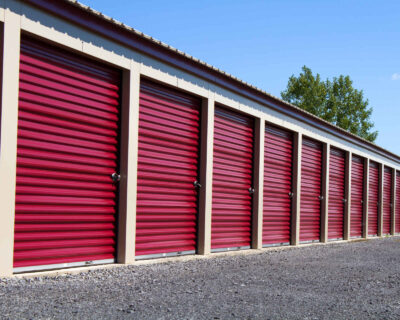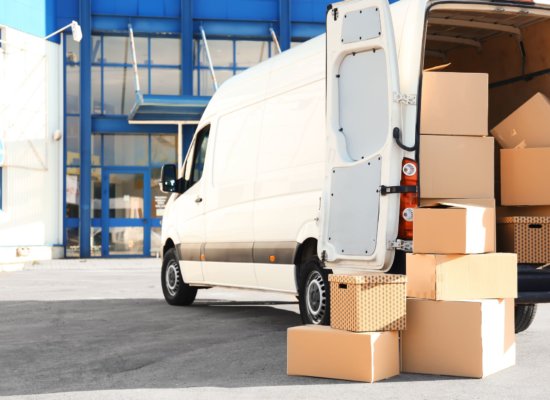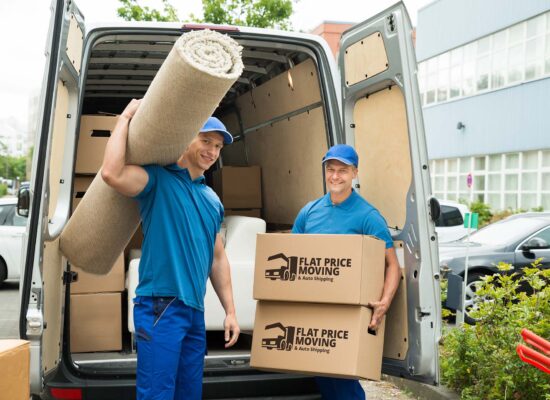Essential Moving Checklist by Flat Price Auto Transport and Moving
Relocating can be a daunting task, but with the right preparation and guidance, it can be a smooth and stress-free process. Flat Price Auto Transport and Moving offers a comprehensive essential moving checklist designed to help you organize and manage every aspect of the relocation. From the initial planning stages to the final touches of unpacking in the new home, this checklist covers all the bases.
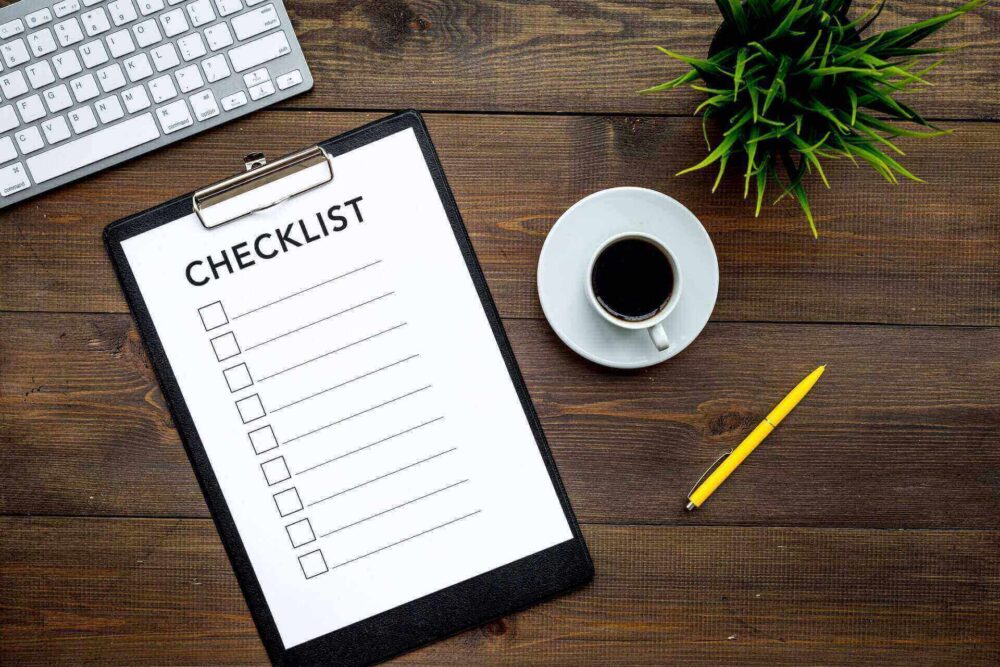
Flat Price Auto Transport and Moving’s essential relocation checklist is a comprehensive guide designed to streamline the daunting task of relocating. It covers everything from initial planning, packing, and decluttering to selecting the right relocation services, organizing paperwork, and settling into the new home. Key steps include setting a date, researching the new location, packing efficiently, and updating your address.
Creating Your Customized Moving Checklist – What Goes First
When planning a move, the first step is to create an efficient relocation checklist. This list serves as the backbone of your cross-country moving process. It helps organize tasks in a logical sequence and ensures that no detail is overlooked.
The initial items on the checklist for moving to another state should include setting the moving date, researching the new location, and choosing reliable long-distance moving services. These foundational steps lay the groundwork for a smooth transition, allowing you to manage time effectively and make informed decisions as you progress through the relocation process.
Start by Setting the Moving Date
Choosing a relocation date is a critical first step in the relocation process. This date influences nearly every decision you’ll make, from when to start packing to the deadline for changing your address. Consider factors such as work commitments, school schedules, and lease agreements when selecting the big date.
It’s also wise to think about the time of year and day of the week – some seasons and days may offer more favorable conditions or lower rates from relocation companies. Once set, the date will serve as a central point around which the rest of the schedule will revolve.
Researching the New Location Is Extremely Important
Before you move, take the time to thoroughly research the new location. This includes understanding the layout of the new community, identifying essential services such as healthcare providers, banks, and schools, and familiarizing yourself with local regulations and resources.
If possible, visit the new area to get a feel for the neighborhood and discover what amenities are nearby. This research will not only help you settle in more quickly but also assist in making informed decisions about what to take with you and what might be more practical to acquire anew after the move.
Choosing the Right Relocation Services
Choosing the right long-distance moving company is paramount to a stress-free move. Start by determining the level of service you need. Do you require a full-service move where the company packs, loads, and unloads everything for you? Or are you planning to handle some tasks yourself? Research companies that operate in your current and future locations, paying close attention to reviews, services offered, and price quotes.
Consider also if you need specialized relocation services, such as auto transport services or custom crating for valuable art pieces. Ensure the auto transport company you choose is licensed and insured, offering a good balance of quality service and cost-effectiveness to fit your relocation budget and needs.
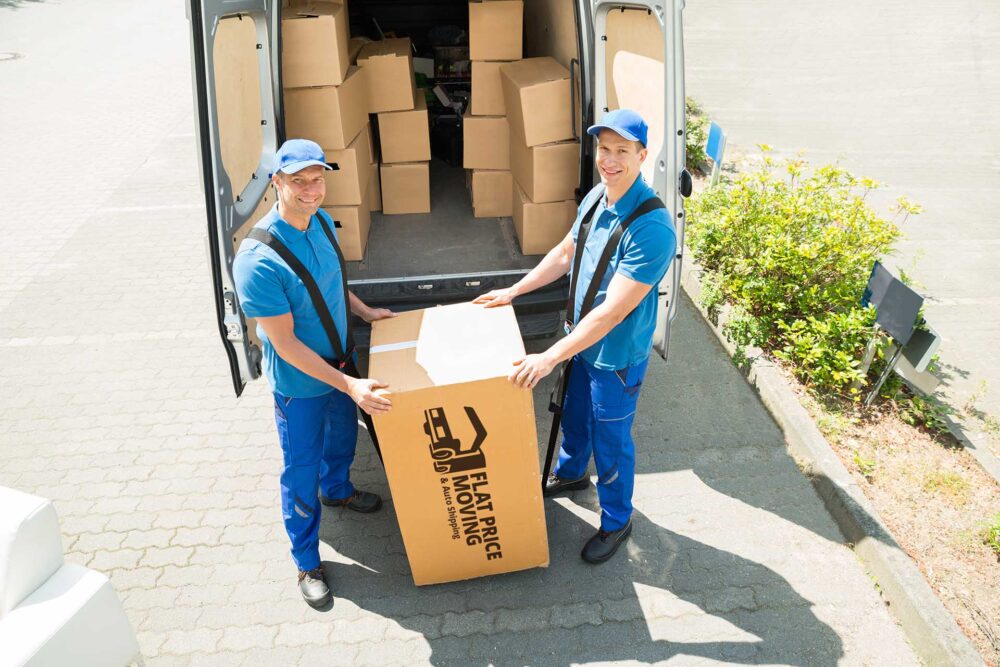
Packing Essentials on the Moving Out Checklist
Packing is arguably one of the most time-consuming aspects of relocating, but with a strategic approach, it can be managed efficiently. The checklist should prioritize packing essential items, ensuring you have a clear plan from gathering supplies to the final box being sealed. This process involves not just the act of packing itself but also preparing for it by decluttering and organizing all belongings.
Gathering Necessary Packaging Supplies
The first step in the packing journey is to gather all necessary packaging supplies. To ensure a smooth and efficient packing process, make sure to have the following items:
- Boxes of various sizes – suitable for different items and weights,
- Packing tape – to securely seal boxes,
- Bubble wrap – for wrapping and protecting fragile items,
- Packing paper – to cushion and fill gaps within boxes,
- Permanent markers – for clear labeling of box contents and handling instructions.
- Specialized containers – such as dish packs for kitchenware and wardrobe boxes for clothing.
Decluttering and Donating Unwanted Items
Before you start packing, take the opportunity to declutter. Relocating is the perfect time to sort through belongings and decide what truly needs to come with you. Create separate piles for items to keep, sell, donate, or get rid of.
Choosing to donate unwanted items to charity not only reduces the volume of goods you need to transport but also benefits those in need. Selling items through online marketplaces or garage sales can also offset some expenses. This decluttering process can significantly streamline the packing and unpacking phases, ensuring that only the essentials make it to their new home.
Packing Strategies for Efficiency
Developing efficient packing strategies can transform a chaotic move into a manageable task. Start packing non-essential items well in advance, leaving everyday items for last. Label each box clearly with its contents and designated room in the new home to streamline the unpacking process.
Use clothes, towels, and linens as padding for fragile items to save on packaging materials and space. Also, pack a separate “essentials” box with items you’ll need immediately upon arrival, such as toiletries, a change of clothes, and basic kitchen items.

Organizing Important Documents and Paperwork
When relocating, keeping track of documents and paperwork is crucial for a seamless transition. This includes address updating, collecting important documents, and notifying service providers. By managing these tasks efficiently, you can avoid any unnecessary complications and relocation mistakes.
Updating Your Address Is One of the Most Important Steps
Update your address with the postal service, government agencies, and any other organizations that need to send you mail. This ensures that you continue to receive important correspondence and avoid missing critical information. It’s a straightforward process that can often be completed online or with a quick visit to the local post office.
Collecting Important Documents
Gather all essential documents such as birth certificates, passports, medical records, and insurance policies. Keep these in a secure, easily accessible place during the move. This preparation prevents the loss of important paperwork and helps you stay organized.
Don’t Forget to Notify Service Providers
Inform all service providers, including utilities, internet, and subscription services, about the move. Schedule the disconnection of services at the old home and the connection at the new one. This step prevents last-minute hassles and ensures that the new home is comfortable and functional from the moment you arrive.

Moving Day Logistics 101
Preparing for moving day is the culmination of the long planning journey. From supervising the loading process to traveling to the new location, and finally overseeing truck unloading and setup, each step requires attention to detail.
Supervising the Loading Process Is Mandatory
On the moving day, oversee the loading process to ensure that all items are handled properly and securely placed onto the relocation truck. Verify that fragile items are given extra care and that the inventory list matches what is being loaded. This oversight helps prevent damage and ensures that nothing is forgotten.
Traveling to the New Location Is Always Exciting
Plan the travel to the new location carefully, considering the timing, route, and any stops along the way. If you’re relocating a long distance, ensure your vehicle is in good condition or confirm travel arrangements if you’re flying. Keeping in touch with the long-distance movers to coordinate arrival times is also crucial.
Overseeing Unloading and Setup Marks That the End Is Near
Once you arrive at the new home, supervise the unloading process to ensure items are placed in the correct rooms. Begin the setup process by first assembling furniture pieces and arranging the essentials.
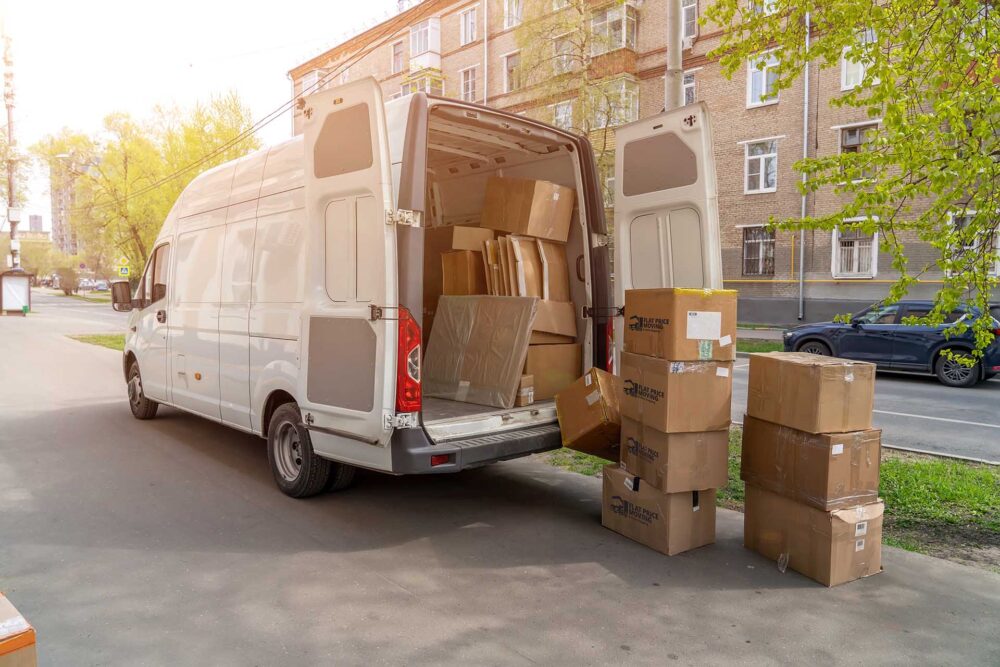
Unpacking and Organizing All Belongings Are Among the Last Steps
After the move, the next phase is systematically unpacking and organizing all belongings in the new home. This stage is crucial for turning the new place into a comfortable living space. By prioritizing which rooms to unpack first, assembling furniture and appliances, and setting up utilities and services, you can quickly establish a sense of normalcy.
Prioritize Unpacking by Rooms
Start by unpacking and setting up the rooms you’ll use most immediately, such as the bedroom, bathroom, and kitchen. Having these functional spaces will make the new house feel more like home. This prioritization helps reduce relocation stress and provides a structured approach to unpacking.
Start with Assembling the Most Important Furniture and Appliances
Focus on assembling essential furniture and setting up major appliances early in the unpacking process. This includes beds, tables, and kitchen appliances, ensuring that you can sleep, eat, and live comfortably as you settle in.
Setting Up Utilities and Services
Ensure that all utilities and essential services are activated, such as electricity, gas, water, internet, and security systems. This step is crucial for making the new home fully operational and comfortable. It’s also a good time to familiarize yourself with local service providers and emergency contacts in the area.
Exploring the New Neighborhood
Once you’ve settled into the new home, taking the time to explore the neighborhood is essential for integrating into the community and making the most of the new environment. This exploration can include finding nearby amenities, meeting neighbors and community members, and familiarizing yourself with local resources.
Finding Nearby Amenities Is the First Task on the List
Start by locating essential amenities such as grocery stores, pharmacies, parks, and restaurants.
Understanding what’s available in your immediate vicinity can greatly enhance your convenience.
This exploration can also help you discover local gems and favorite spots in the new neighborhood.
Meeting Neighbors and Community Members
Introducing yourself to new neighbors and participating in community events can help you build connections and feel more at home. These interactions can provide valuable insights about the neighborhood, and may even lead to lasting friendships. Engaging with the new community minimizes the chances of depression after relocating.
Familiarizing Yourself with Local Resources
Learn about local resources such as libraries, community centers, public transportation options, and emergency services. Knowing how to navigate in the new area and what services are available can provide a sense of security and belonging.

Completing Remaining Tasks
After settling into the new home and neighborhood, there are still a few remaining tasks to complete to fully wrap up the relocation process. These tasks include returning any rental equipment you used during the move and reviewing your relocation experience.
Returning Rental Equipment in Time
If you rent equipment, such as relocation trucks or dollies, ensure you return them according to the rental agreement. This helps avoid any additional fees and officially concludes the physical relocation process.
Auto-Transport
If your first concern is having your vehicle transported safely and efficiently, enclose shipping is the way to go.
Read moreMoving Insurance
Flat Price Moving and Auto Transport Company offers moving insurance to cover potential damages
Read moreStorage Service
Knowing what kind of surprises cross country move may hold, we offer 30 day free storage for belongings at the origin state.
Read moreEnd the Journey by Reviewing Your Experience with Flat Price Auto Transport and Moving
Taking the time to review the relocation experience with our company can provide valuable feedback to the car shipping company and help future customers make informed decisions. Share your insights about what went well and areas for improvement. Your feedback contributes to enhancing the relocation process for others and acknowledges the efforts of those who helped you move.

Ensuring a Smooth Transition – The Key Steps to a Stress-Free Move
Relocating to a new home is a significant life event that requires careful planning and organization. Systematically following a comprehensive moving checklist and prioritizing tasks will help avoid unnecessary stress.
Hiring professional movers can further streamline this process, providing professional support that allows you to focus on settling into the new environment. So, contact Flat Price Auto Transport and Moving and allow us to take care of everything from packing services to unloading, while you focus on making your new house feel like home.
Frequently Asked Questions
When Should I Start Planning My Move Using the Checklist?
Start planning the relocation as soon as you know you’ll be relocating. Ideally, begin at least 8 weeks before the relocation date.
How Can I Personalize My Relocation Checklist for My Specific Needs?
Create a tailored moving checklist by considering factors unique to your situation, such as the distance of the move, the size of the household, and any special items requiring careful handling.
What Are Some Commonly Overlooked Items on a Relocation Checklist?
Commonly overlooked items include notifying banks and other financial institutions of the address change, making arrangements if you’re relocating with pets, and scheduling services for the new home like cleaning or minor repairs before settling in.
How Can I Stay Organized While Using My Relocation Checklist?
Stay organized by breaking down the checklist into weekly or daily tasks. Use a physical planner or a digital moving checklist app to track progress, set reminders for important deadlines, and delegate tasks to family members or roommates.
Are There Any Digital Tools or Apps That Can Help Me With My Relocation Checklist?
Yes, there are several digital tools and apps designed to assist with relocating. Apps like Sortly and Google Keep offer features for inventory management, task scheduling, and reminder setting.





